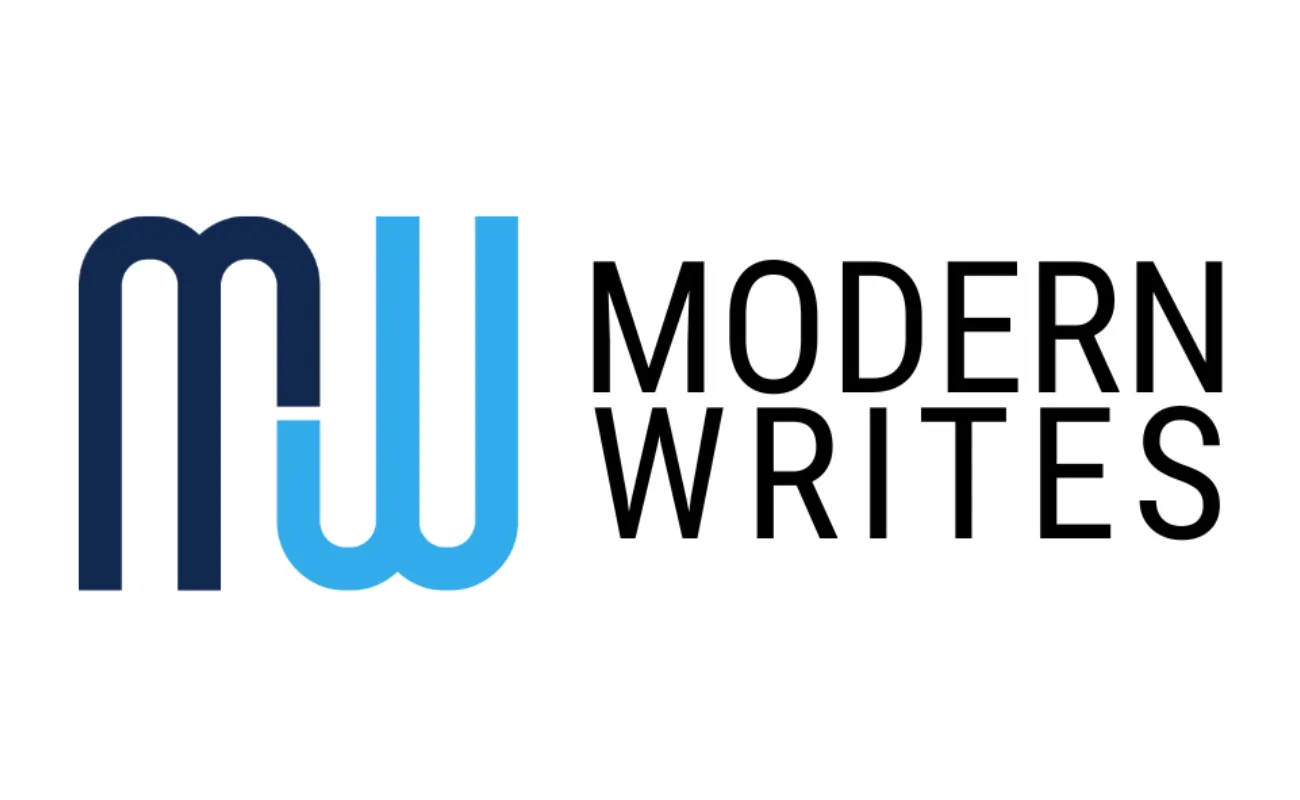What Does History Say?
A series of monarchs ruled the peninsula for hundreds of years until Korea was divided into two. Japan occupied Korea for thirty-five years, from the conclusion of World War II until the Korean War ended in 1953.
- This time frame started when Japan formally annexed Korea five years later after occupying it during the Russo-Japanese War in 1905.
- According to “Michael Robinson,“ emeritus professor of East Asian studies and history at Indiana University who has authored numerous works on both modern and historical Korea, the decision made between the Soviet Union and the United States to divide Korea into two occupation zones was the catalyst.
The two “official” allies split control of the Korean Peninsula in August 1945. communist forces backed by the Soviet Army ruled Northern areas.
Military rule was established south of that boundary with direct U.S. assistance. A large portion of the North’s working class and peasantry supported Soviet policies, while the vast majority of the country’s middle class migrated south of the 38th parallel. In the meantime, the southern government sponsored by the United States was obviously biased towards anti-communist right-wing groups.
At least 2.5 million people died in the Korean War (1950–53), yet the question of whether the state represented the “true” Korea was not. As U.S. military aircraft targeted civilian targets across the northern half of the Korean Peninsula, however, the United States became North Korea’s persistent bête noire.
In the Eyes of Historian?
With papers from before 1990, American historian Bruce Cumings was able to establish clear lines of responsibility for the tragedy that was the Korean War.
His essays provide the most thorough explanation of the reasons underlying that war in the English language. Cumings wrote that the Korean War did not start on June 25, 1950, ignoring the fact that many people believe that this is the case. This could not have been “started” by Kim II Sung at that time if it had not already begun at an earlier date.
The farther we go into history in pursuit of that instant, the more we come to terms with the fact that civil wars do not begin; they appear. There are a number of root causes, and everyone from the Americans who carelessly partitioned Korea to the Koreans who afterward served under colonial authority has some responsibility.
What percentage of Koreans may now be living if that hadn’t taken place? This includes the Soviet Union, which was just as indifferent to Korea’s ancient purity and as intent on “building socialism” as the Koreans themselves, regardless of whether or not they wanted this type of government. Who knows how many more Koreans would be here now if that hadn’t occurred? After that, we have a very long list of things the Korean government might have done differently to prevent national separation and fratricidal violence if it had looked within instead.
What’s the current situation at the Peninsula?
Present-day 2022 finds North Korea having launched a record number of missiles following a two-year hiatus from testing. North Korea has tested the Hwasong-18, the country’s first solid-fuel ICMB, repeatedly since 2022. It takes less time to launch and is easier to conceal; therefore, testing has continued through 2023.
if this technology gets perfect results, it will make a preemptive strike on North Korea’s nuclear weapons less likely to succeed. North Korean leader Kim Jong-il hosted high-ranking delegations from China and Russia in July 2023, promising to improve ties with both countries.

Still, it is imperative that tensions on the Korean Peninsula be lowered now more than ever.
China’s part in defusing the situation on the Korean peninsula and the necessity to defuse it were both addressed by South Korean President Yoon. Recently, South Korea’s Yoon Suk Yeol met with Chinese Premier Li Qiang to talk about the nuclear danger posed by North Korea and if China has more potential as a UN Security Council member.
- Yoon reportedly urged Li that China should “fulfill its responsibility and role as a permanent member of the U.N. Security Council,” stressing the necessity of fortifying relations with Washington and Tokyo in order to fend off North Korea.
- On the outskirts of the ASEAN conference in Jakarta, Yoon and Li met.
Who Can End this Crisis?
The presence of US soldiers on the Korean Peninsula and the human rights situation in North Korea are two examples of seemingly intractable disagreements that might, with more communication and trust, offer opportunities for positive change.
There are other interests that pose difficulties since they are either specific to one country (such as Japanese abductees) or directly contradict each other (such as the sequencing of disarmament and reciprocal confidence-building measures). A better understanding of these interests can assist peacemakers in highlighting common ground while minimizing disagreements.





